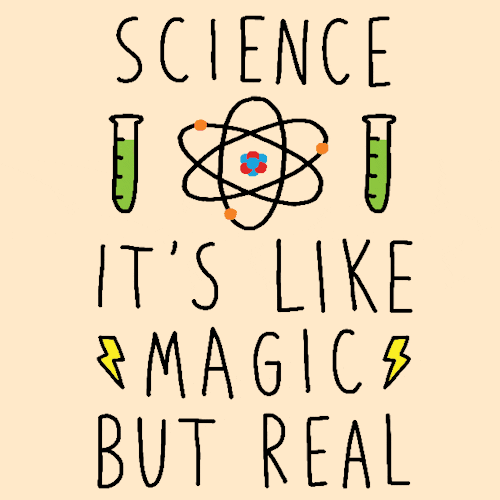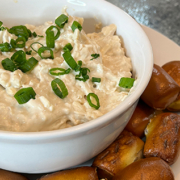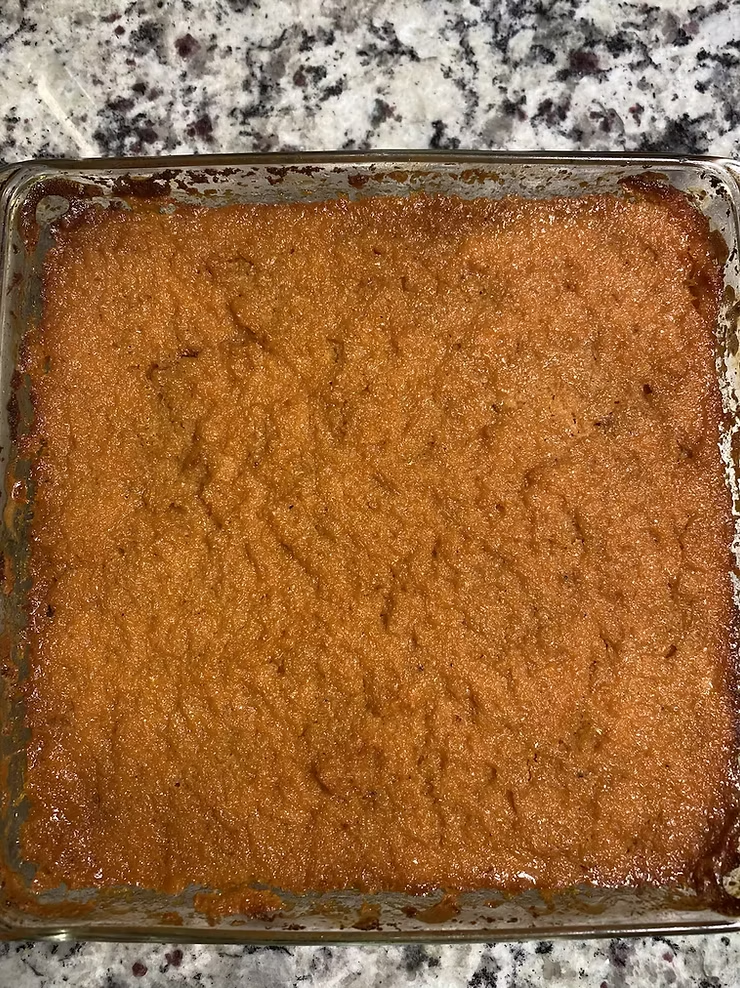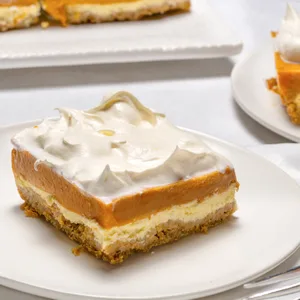Views: 18
You make the call. Medicare Advantage Squeezing Billions More From US Government.
Medicare Advantage plans are squeezing billions out of the federal government by billing more for patient care, a new study says.
Medicare Advantage plans received an extra $33 billion in revenue from the feds in 2021 due to coding differences in billing compared to traditional Medicare, researchers reported April 7 in the Annals of Internal Medicine.
About 42% of that excess revenue, nearly $14 billion, went to UnitedHealth Group alone – even though the Minneapolis-based insurer has a 27% share of Medicare Advantage beneficiaries, researchers said.
“Medicare Advantage plans are paid more for sicker members and less for healthier members,” wrote the research team led by Richard Kronick, a professor in the School of Public Health & Human Longevity Science at the University of California-San Diego.
This provides “a strong incentive for Medicare Advantage plans to find and report as many diagnoses as they can legitimately support,” researchers wrote.
For the study, researchers studied billing data from the Centers for Medicare and Medicaid Services (CMS) from 2015 to 2021, including 697 Medicare Advantage contracts offered by 193 different insurers.
Medicare Advantage plans are operated by private health insurance companies, while traditional Medicare is run by CMS.
Advantage plans offer all-in-one coverage, while people on traditional Medicare must juggle several different plans that cover hospital care, doctor services and prescription drugs.
However, people on Medicare Advantage typically must receive care from a more limited network of providers and they might need pre-authorization to see specialists, according to Consumer Reports.
Results show Medicare Advantage plans billed more persistently for diagnoses, with about 78% of patients having year-after-year illnesses compared to 72% in traditional Medicare.
Medicare Advantage plans also billed more often for new diagnoses, about 46% of the time compared to 33% for traditional Medicare.
This billing led to an estimated $33 billion in additional payments to Medicare Advantage plans in 2021.
For UnitedHealth Group, this billing resulted in an estimated $1,863 increase in revenue per member, substantially greater than the industry average of $1,220, researchers wrote.
The research team did raise the possibility that Medicare Advantage (MA) plans actually might be billing more accurately than traditional Medicare (TM), explaining this difference.
“However, the MA payment system is calibrated on diagnostic patterns in TM, and regardless of whether MA is overcoding or TM is undercoding, differential coding in MA results in greater payment overall and widely different levels of greater payment across MA insurers,” researchers wrote.
An accompanying editorial agreed that “it is well documented that the system’s reliance on diagnosis codes that insurers can influence for gain is responsible for tens of billions of dollars in payments to MA plans above what would be spent in traditional Medicare, adding to Medicare’s fiscal challenges.”
Unfortunately, any reform efforts likely will increase out-of-pocket costs for people on Medicare Advantage, according to the editorial written by Dr. J. Michael McWilliams, a professor of health care policy at Harvard Medical School.
“To the extent it is socially desirable to provide seniors with better coverage than the traditional benefit, policymakers must grapple with this tradeoff,” McWilliams wrote.
© HealthDay
![]()


















